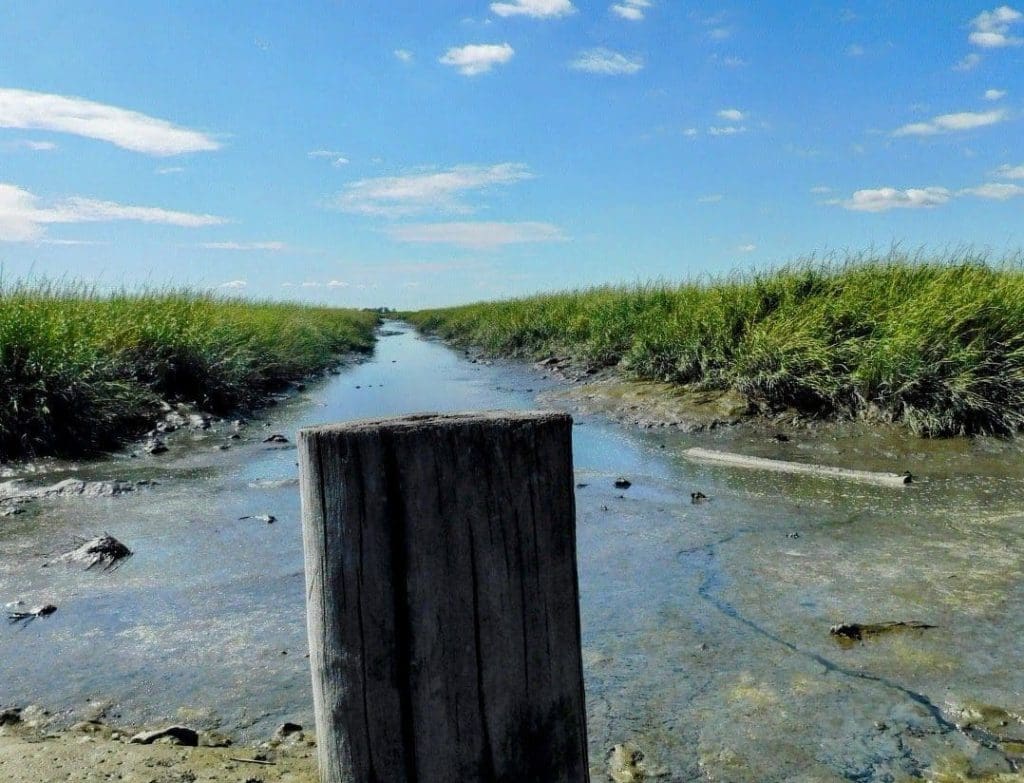In the 1990s, the Salem Generating Station, owned by PSEG and operating along the Delaware Bay, had a problem. They were required to build a cooling tower to address the losses of egg and larval fish populations which had been going on for decades since the plant was commissioned in 1977. Rather than build the tower, a bold new plan for mitigation was implemented. In 1994, the PSEG Estuary Enhancement Program (EEP) was born.
Estuaries Are Essential
The EEP is currently recognized as the largest privately funded program of its kind in the U.S., and perhaps even the world. Currently, more than 20,000 acres of salt marshes and adjacent upland forests are either being preserved or restored. The objectives of the EEP are laser-focused on promoting the health of the fisheries and salt marsh ecosystems that lie so close to the nuclear power plant.
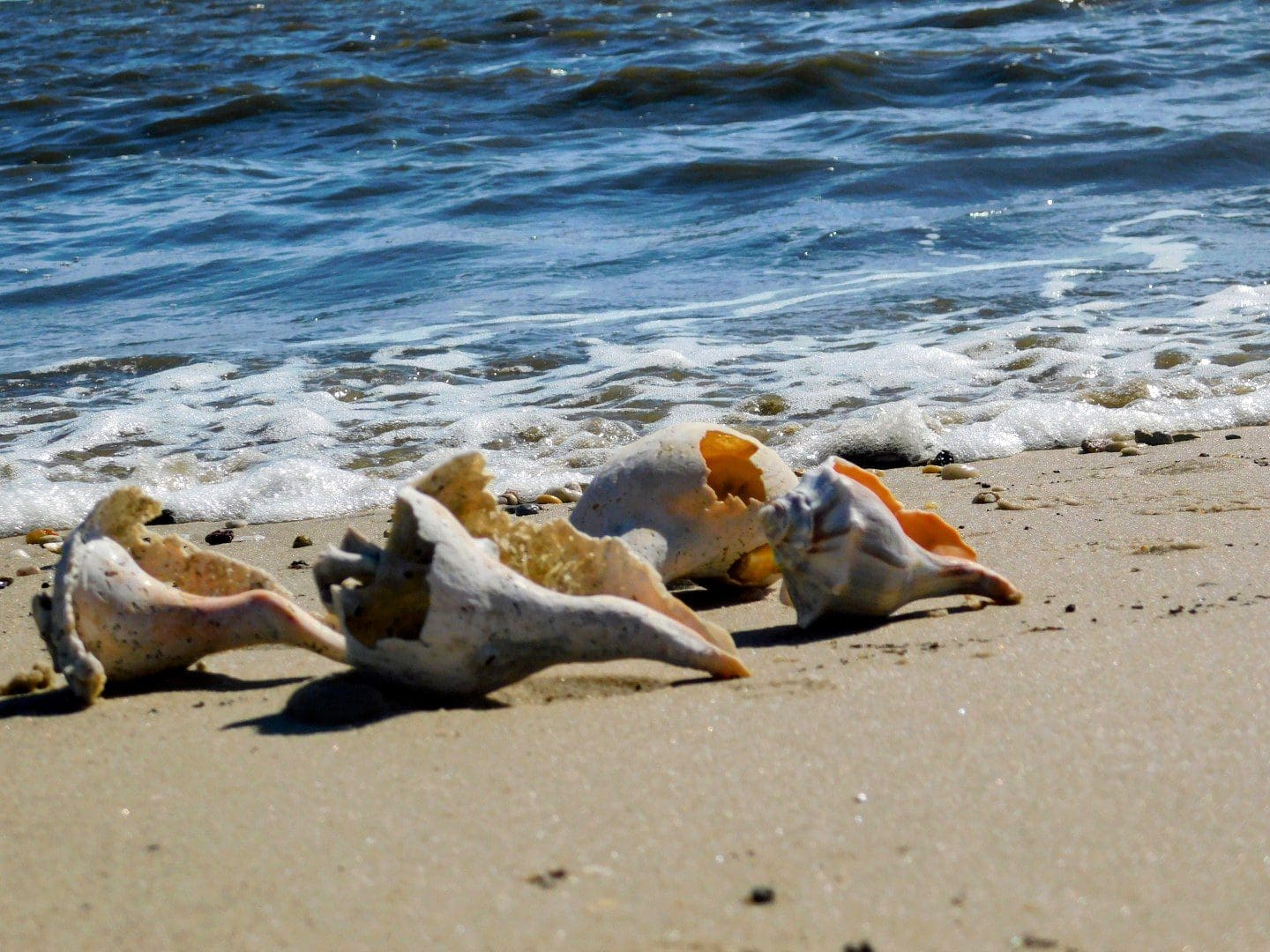
The EEP has also been a gift to the people of New Jersey. In addition to helping preserve the habitat and breeding grounds of many of our native flora and fauna, hiking trails and observation decks have been built into some of these wildlife management areas to encourage the public to enjoy the beauty of our estuaries and the abundance of life they are home to. Estuaries are where the river meets the sea. It is well-known that 80 percent of all fish and shellfish use these vital grounds as their nurseries and breeding grounds.
Follow the Money to Money Island

As lovers of the great outdoors, trails like these were made for exploring! Our first stop was Money Island, also known as Alloway Creek Wetland Restoration Site. Money Island is one of the smallest and most remote locations in rural Cumberland Co. This preserve sits on the area the Native Americans called “Wootsessunging.” In 1664, the Governor of “New Sweden” established Fort Elisborg not far from here. There are rumors that pirates hid treasure along the forgotten NJ coast on their way home from the Caribbean with their plunder. All this rich history belongs to this remote stretch of coastline.
Crawling With Crabs
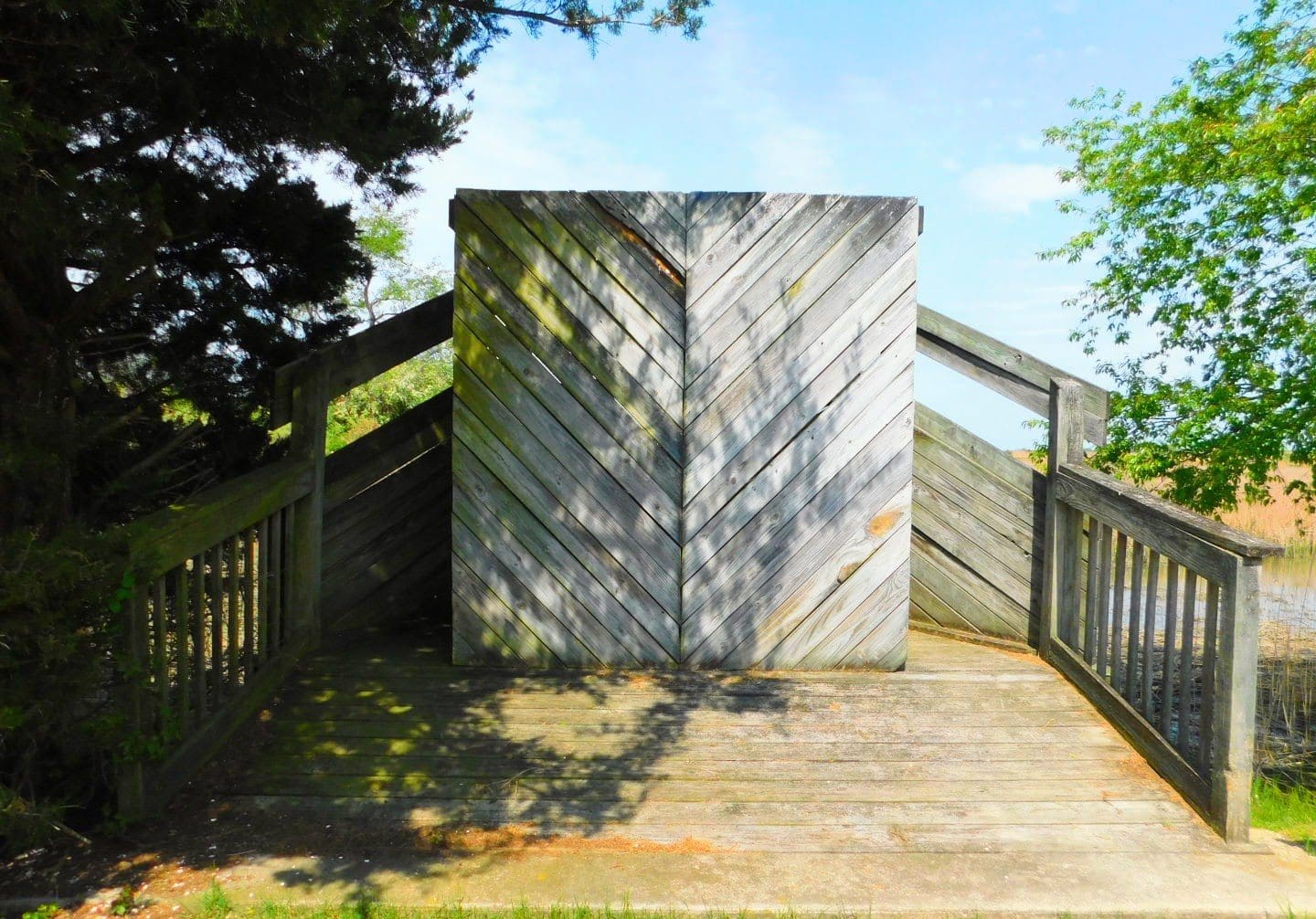
There’s a 1.7-mile loop around the preserve. Each visit we have been struck by the sounds of songbirds and the sight of wildflowers. Redwing blackbirds fill the salt hay fields with their cries and every once in a while, one dances on the delicate blades in the wind. Wild iris and celadon bloom along the crushed shell path. This short trail has a nice bird blind and an observation tower included along the loop. On one visit we were fortunate enough to witness hundreds of fiddler crabs scrambling through the mud at low tide seeking their mid-day lunch.
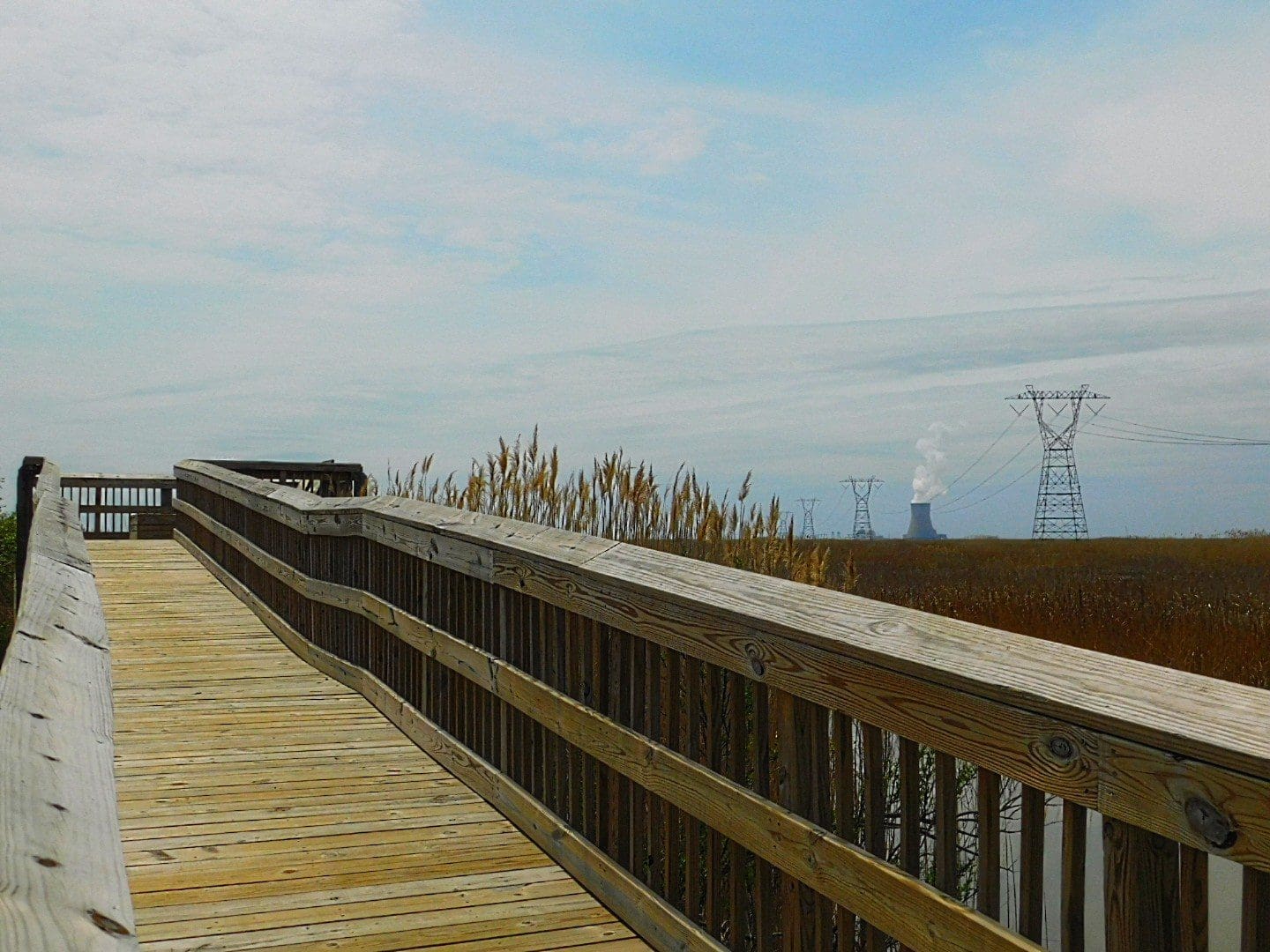
There’s a second very short trail here, just 2/10 of a mile that leads to a second observation tower. Ospreys seem to love the huge towers from the nuclear plant. We have often observed them nesting in these towers with their sweeping views of Delaware Bay.
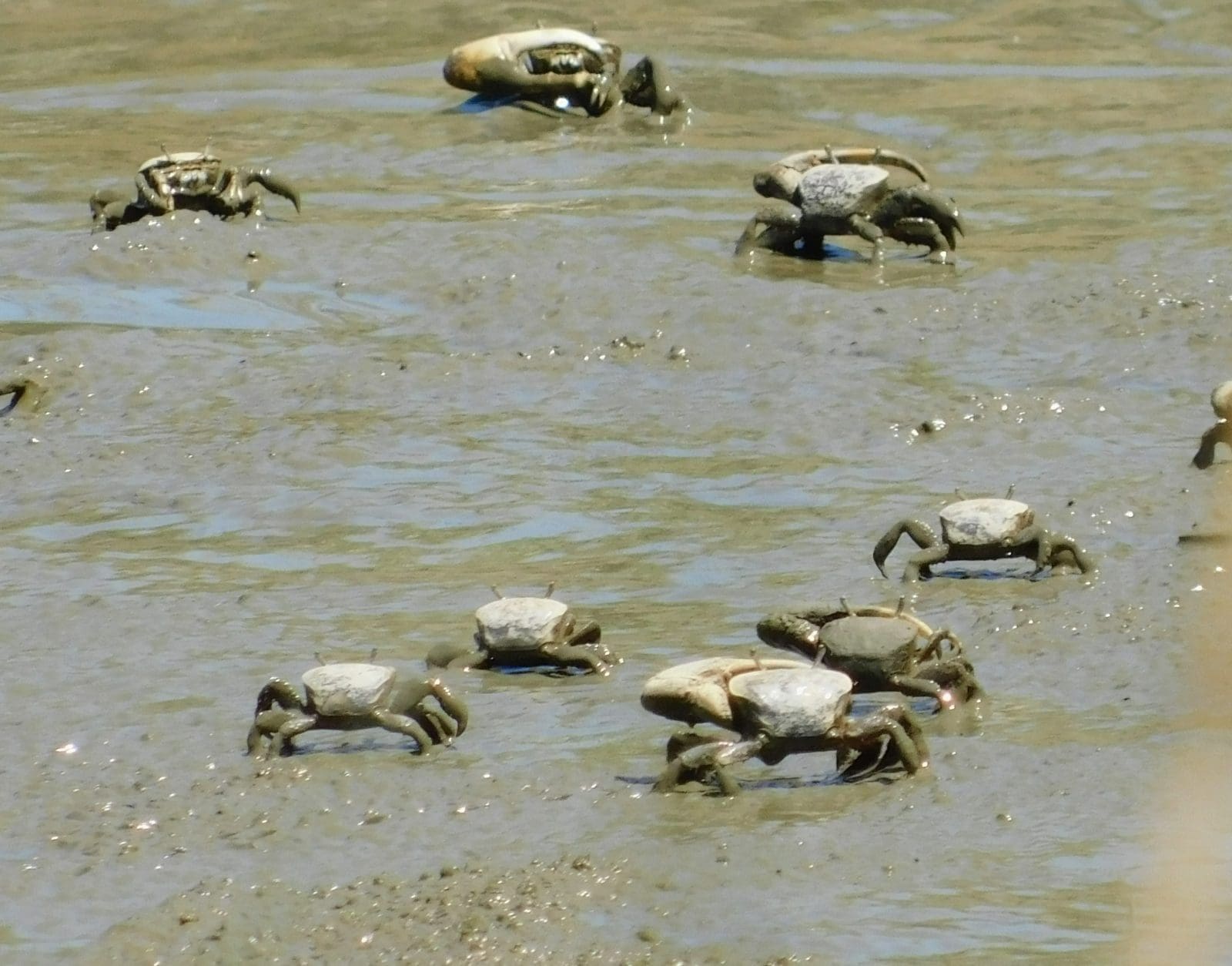
Sitting on the Dock of the Bay
The Bayside Tract is south of Alloway Creek and much smaller. This 4,400-acre parcel is really for the fisherman. There’s a small parking area and you can put your rod in the water and quietly fish for hours undisturbed here.
Strawberry Fields Forever
Heading further south down the coastline on the Delaware bayside is Commercial Township Wetlands Restoration Site, also known as Strawberry Avenue. This tract is one of my favorites. It offers three observation towers and over two miles of trails, from Port Norris to Bivalve. There’s even a car-top boat launch located at this site.
It’s For the Birds
Port Norris, New Jersey is known as “the Oyster Capital of the World.” So, it’s not surprising that this area is teeming with wildlife in all four seasons. Bald eagles, osprey, and peregrine falcons are regular visitors to the area. Red-tailed hawks, rough-legged hawks and northern harriers have also been known to fish in our waters. It’s also a great place for migrators to stop and replenish. We always love spotting egrets here too. The day we went this spring, the dunlin was taking full advantage of the small insects at low tide. American avocet, black-necked stilt and dabbling ducks all stop by to stock up on calories for the great migration each year.
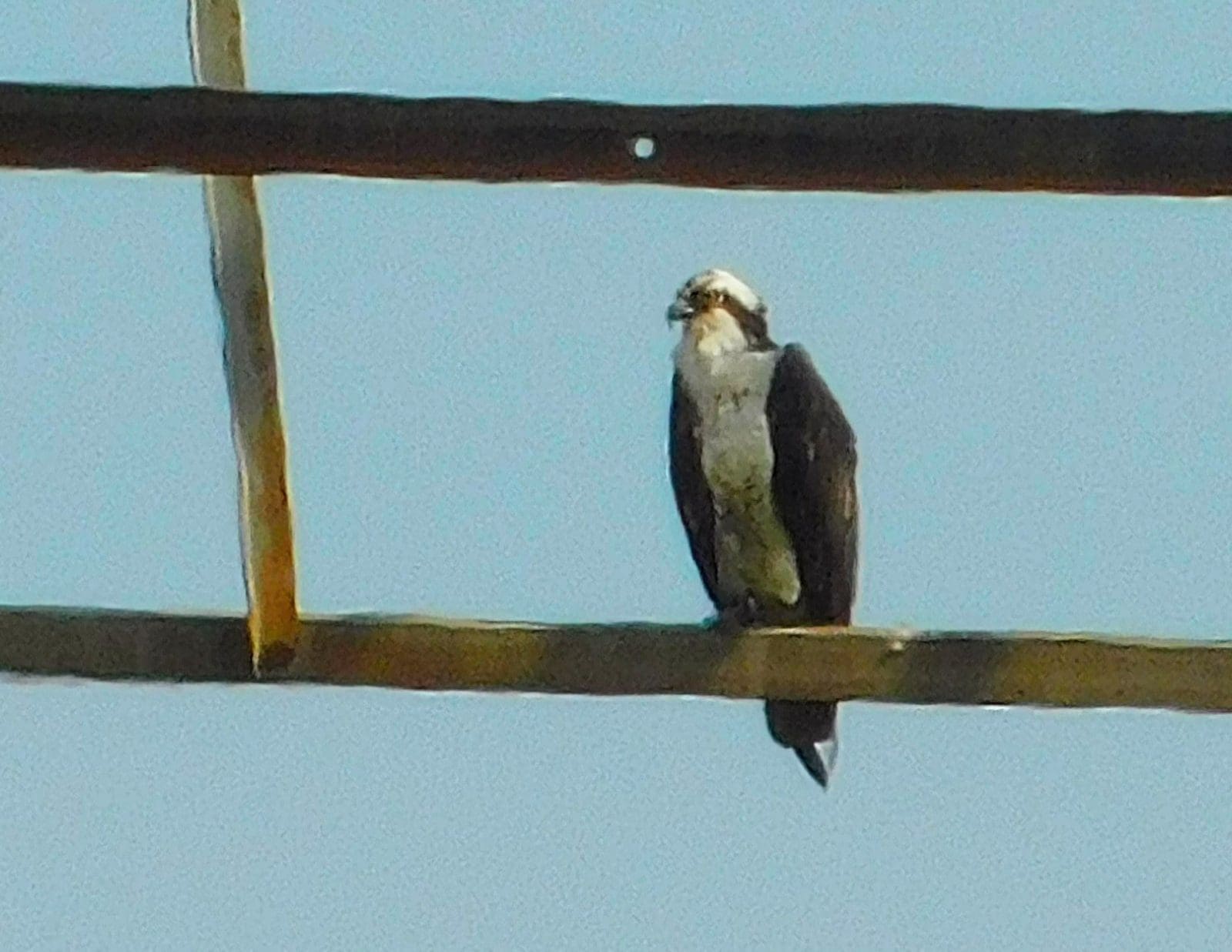
There’s a cannery at one end of the trail, so it’s not unusual to see lots of seagulls here. On one of our trips, we found that the observation deck had been transformed into a scene from Hitchcock’s “The Birds” and we did hold our breath a little as we hiked past this gathering of the gulls.
Road to Nowhere

Thompson’s Beach in Heislerville Wildlife Management Area really does feel like the land before time. This beach strip used to be home to a thriving shore community. Over 100 buildings occupied this stretch of beach before a hurricane in the 1950s wiped everything off the map. The last seven to fourteen homes went under eminent domain in 1998 and PSEG’s EEP took ownership.
Watch the Tides
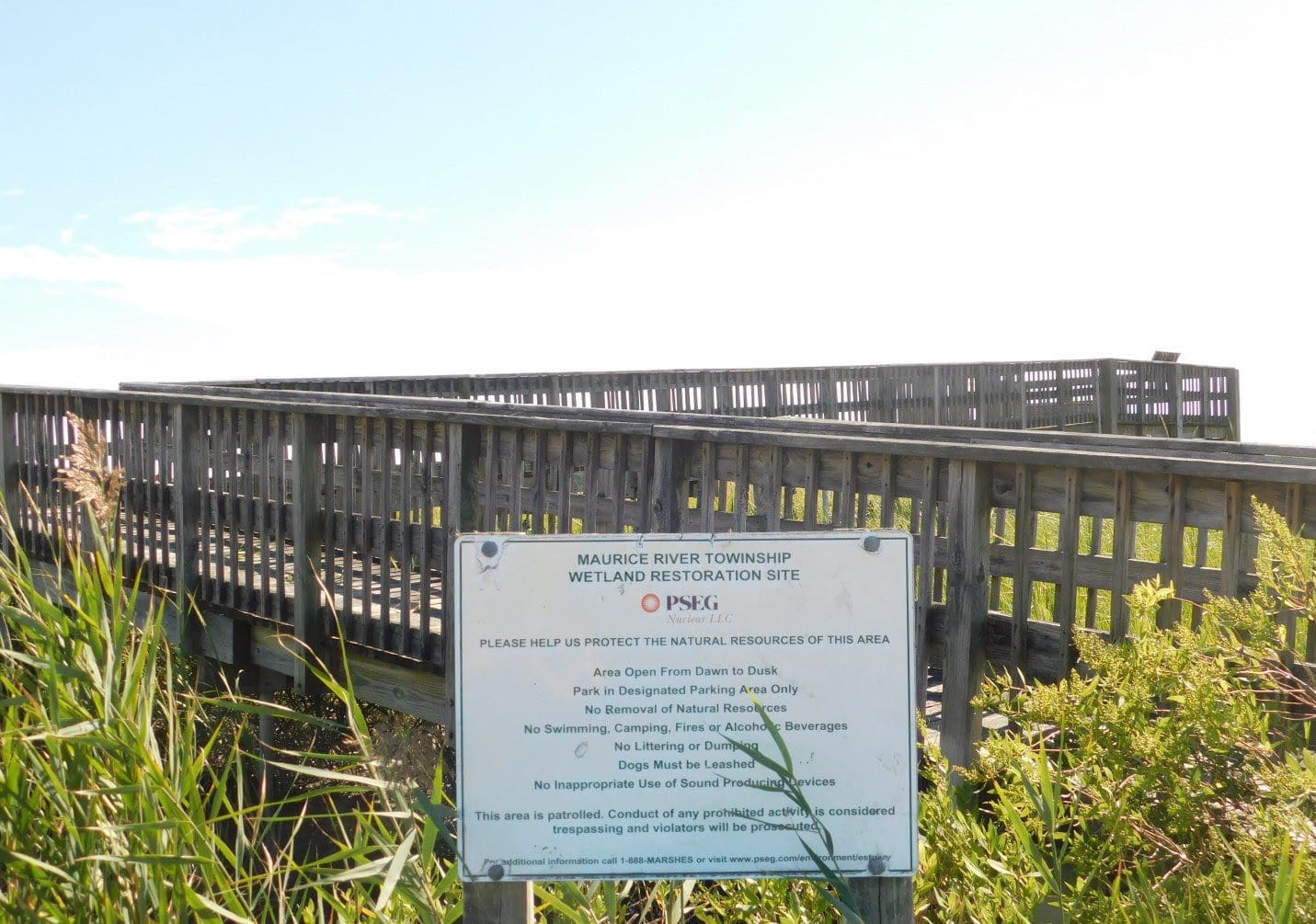
There’s an observation deck in the parking area. The path to the beach is about three-quarters of a mile through towering salt hay marshes. I’m told one needs to watch the tides; this road can wash out at high tide and make a return trip to the car tricky. On our hike, we were lucky enough to spot three diamondback terrapins lounging in the warm spring sun.
Where Eagles Dare
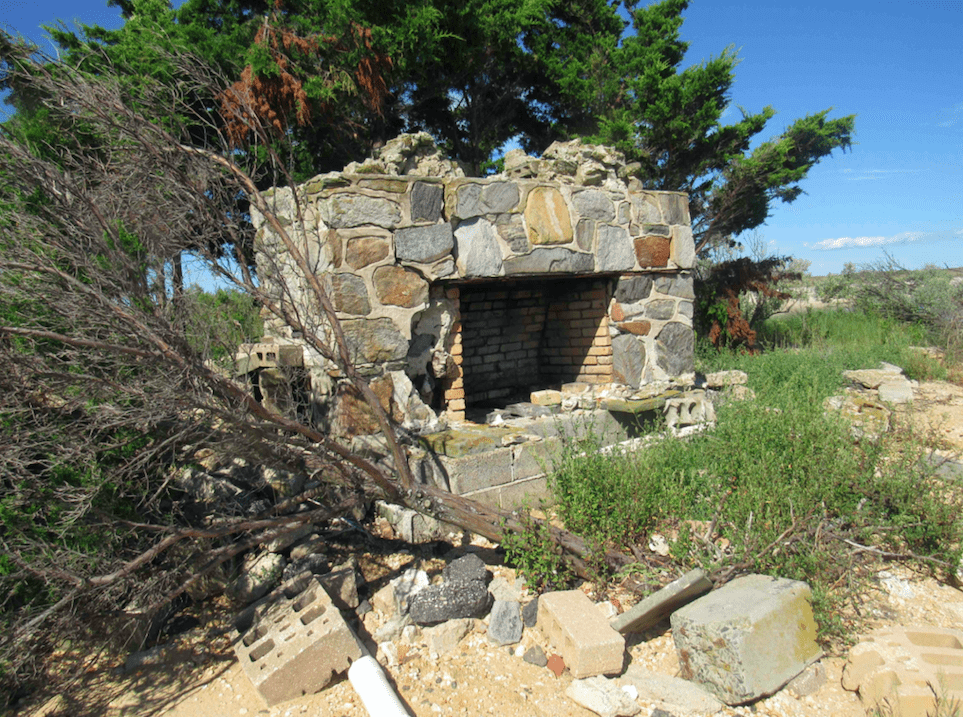
There are the remains of an old stone fireplace and the shell of a dock to the left of the trail just over a hill. We couldn’t believe it when we spotted a bald eagle regally perched in a tree there surveying his domain. We also saw lots of horseshoe crab shells littering the beach. Thompson’s Beach has become an important breeding ground for these ocean dwellers. It seems the creatures of the land and sky have reclaimed this once popular beach as their primary habitat – and it only seems fair.
Take a Walk on the Wild Side
Living in New Jersey is complicated. We have the Linden Cogeneration Plant on the Turnpike welcoming visitors from the North to our state; and in the South, we have Salem Nuclear Plant, warming our coastal waters perhaps too much. It’s hard being an industrialized state – maintaining the delicate balance of nature is like walking a tightrope. However, after visiting the estuaries of South Jersey numerous times, I have to say this program seems to be successful. The abundance of ospreys alone on any given day is an indicator of a healthy ecosystem.
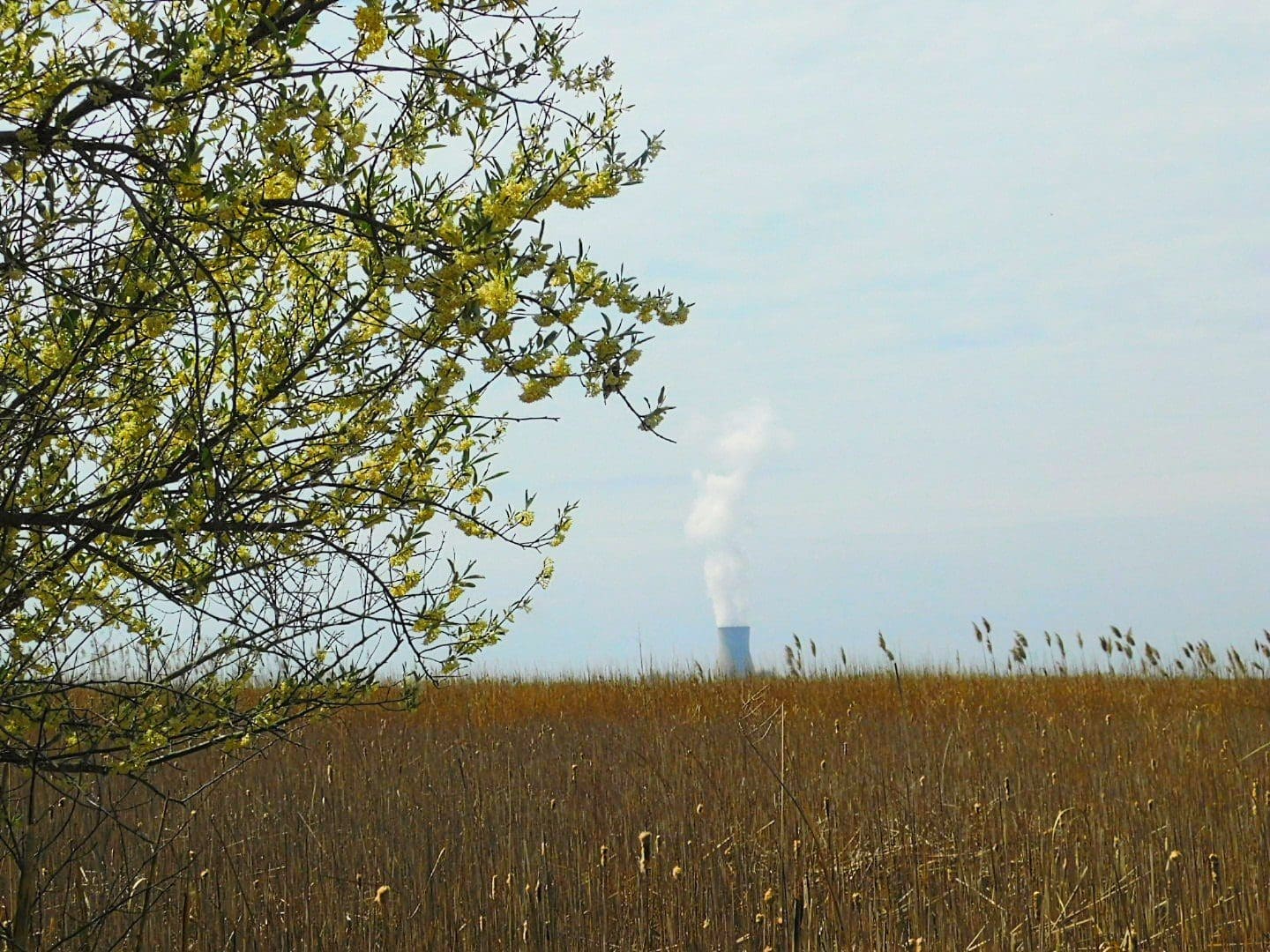
If you live in New Jersey, you probably have a love affair with the shore to some degree. My shore love is not the sandy beaches and rolling tides of the Atlantic Ocean. My beloved coast is lined with rippling salt hay and the dank smell of salty air meeting marsh gasses – where the river meets the sea.


